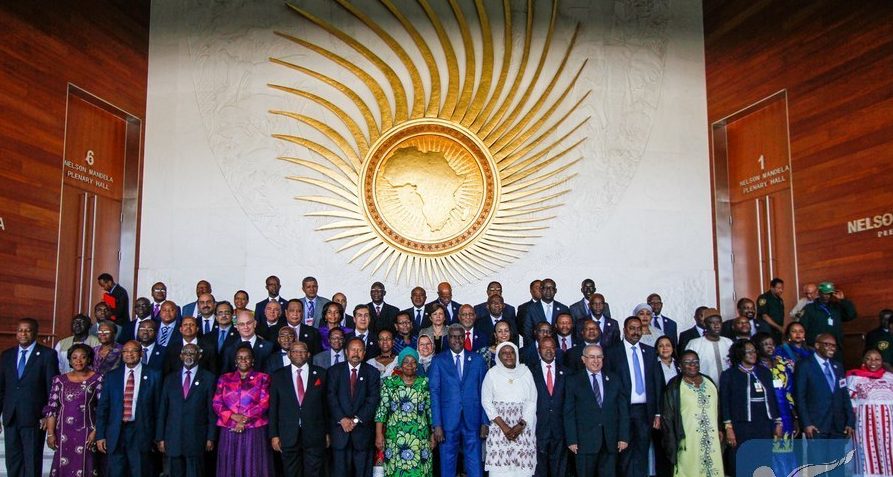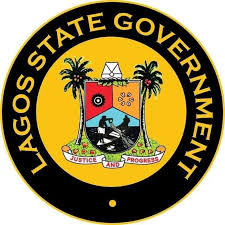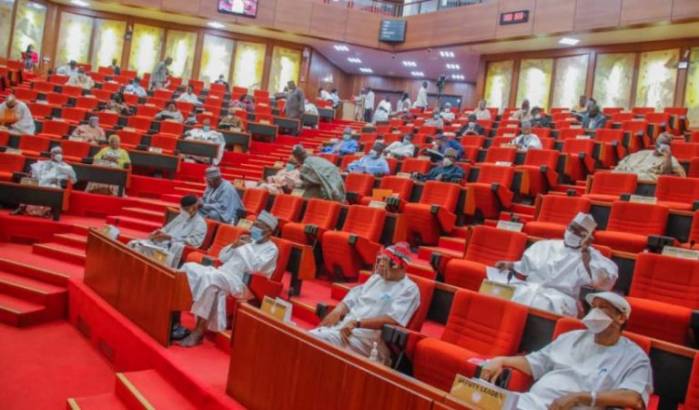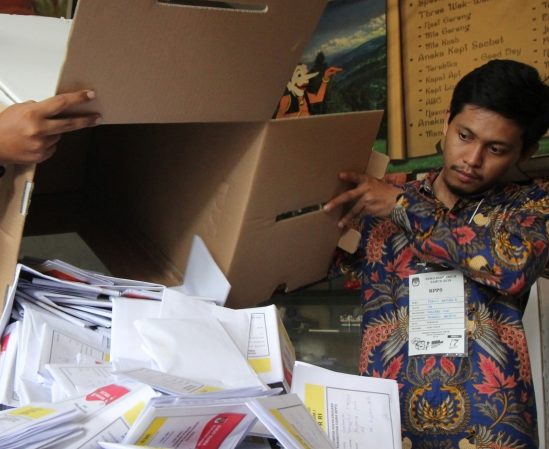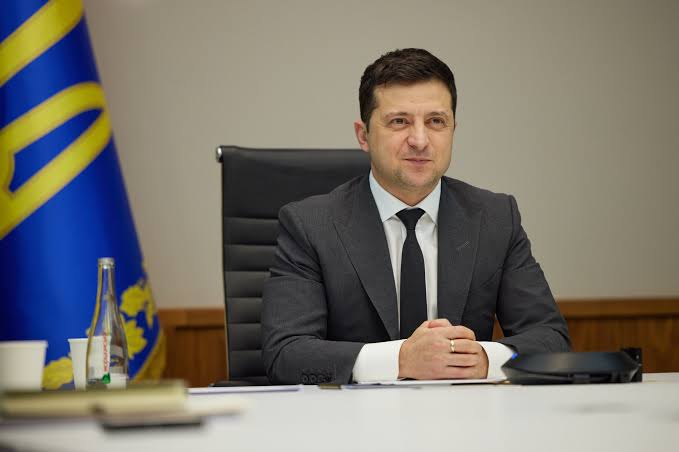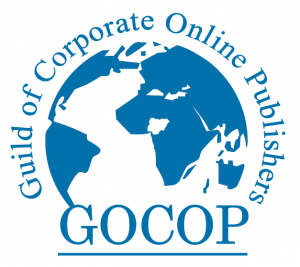African Heads of State have endorsed new measurement of progress on Neglected Tropical Diseases (NTDs) as a way of re-affirming commitment to health Equity at the on-going 30th African Union (AU) Heads of State Summit in Addis Ababa, Ethiopia.
The African Leaders Malaria Alliance (ALMA), which is a coalition of 49 African Heads of State and government working across country and borders to eliminate malaria by 2030, in agreement have added neglected tropical diseases to its annual scorecard, which is personally reviewed by African Heads of State every year.
Including NTDs alongside malaria and maternal and child health as top health priorities for the continent, underscores the importance and concerns generated by those diseases that currently affect about one billion people across the world.
According the report, more than 1.5 billion people are at risk for NTDs globally, including more than 620 million in Africa. “Whilst NTDs cause hundreds of thousands of deaths each year, their primary impact is on the millions that are left trapped in endless cycles of poverty. They cause blindness, disfigurement, disability, stigma and discrimination. Parents are left unable to work and children unable to go to school,” the report says.
According to a release by Uniting to Combat Neglected Tropical Diseases, made available to The Next Edition, “this is the first time, annual ALMA scorecard for accountability and Action would reveal progress and gaps across five Neglected Tropical Diseases (NTDs) that affect countries’ poorest and most marginalized communities.”
The scorecard, which is developed by the World Health Organization in collaboration with Uniting to Combat NTDs, would report progress for the 47 NTD-affected countries in Sub-Saharan Africa in their strategies to treat and prevent the five most common NTDs namely, lympahatic filariasis,onchocerciasis, schistosomiasis, soil-transmitted helminths and trachoma.
With the new addition to the scorecard, African leaders would make a public commitment to hold themselves accountable for progress on these diseases.
Addressing his fellow African Heads of State, the Prime Minister of Ethiopia, Hailemariam Desalegn, said “My government is determined to make sure we can take ‘neglected’ out of these diseases,” adding “Improving the health, education and productivity of our poorest citizens by eliminating NTDs can put Africa on the path to prosperity and universal health coverage. I urge my fellow African leaders to build on the progress already made and increase their efforts to tackle NTDs to make them a subject for much concerted effort and action at the African Union.”
The report says “five diseases that are being monitored in the ALMA scorecard respond well to cheap, safe medicines, which are donated by pharmaceutical companies and are broadly distributed to treat and prevent the diseases. As a result of a global public-private coalition, more people than ever before are being treated for NTDs, and the number of people at risk of infection globally has dropped by more than 400 million in the last five years.
READ ALSO: Iyabo Obasanjo to Buhari: Leave my 2013 letter, heed Obasanjo’s advice
“NTD programmes have trained over a million health workers and brought a variety of services, including family planning tools and vitamins, to people in remote communities otherwise unreached by the health system,” according to the report.
“When it comes to diseases that affect the very poorest and most marginalized communities, it is up to political leaders to make them a priority,” said Thoko Elphick-Pooley, Director, Uniting to Combat NTDs Support Centre. “Beating NTDs is essential for Africa’s economic development, and we are thrilled that African Heads of State will be reviewing their progress every year and holding themselves accountable for equitable health outcomes.”
The scorecard shows the evidence of progress in Africa, but more work is required to meet its target. The release says “in 2016, 40 million more people were reached with preventive treatment for at least one NTD than the year before; more than half of all countries improved their coverage index between 2015 and 2016, with 12 countries having doubled their coverage index; Togo was certified by WHO as eliminating lymphatic filariasis, Malawi has stopped treatment for lymphatic filariasis and is in the process of being validated by WHO, and both Ghana and the Gambia report having eliminated trachoma.”
Some of the major concerns as expressed in the scorecard are that nearly two-thirds of countries have a NTD coverage index of less than 50%; the percentage of affected countries implementing disease-specific interventions ranges from 92% for trachoma to just 72% for schistosomiasis, suggesting that there is still much more to do.
Speaking on the concerns and what countries would gain by showing commitment, Tanya Wood, Chair of the NTD NGO Network and CEO of the International Federation of Anti-Leprosy Associations, said “beating NTDs will help lift millions out of poverty, improving the lives of some of the world’s poorest and most marginalized people.
“There is a huge amount at stake and we know that eradicating these diseases is too big a job for one sector alone,” said Wood, adding “with the ALMA initiative driving accountability and action, and new cross-sector partnerships like the Global Partnership for Zero Leprosy combining expertise, we are getting closer to a world where NTDs are neglected no more.”
The objectives and aims of ALMA’s scorecard, according to reports, are geared towards; providing a forum to review progress and address challenges in meeting the malaria targets; implementing a monitoring and accountability system through the ALMA Scorecard for Accountability and Action to track results, identify bottlenecks, and facilitate appropriate action; and identifying and sharing lessons learned for effective implementation of national programs.
The officials have also explained the rationale behind the inclusion of NTDs in the scorecard with malaria, saying some NTDs are transmitted in the same manner as malaria, and shared community distributions platforms are used for both malaria and NTDs. “Malaria and NTDs both lay their heaviest burden on the poor, rural and marginalized. They also share solutions, from vector control to community-based treatment,” said Joy Phumaphi, Executive Secretary of ALMA.
Continuing Phumaphi said “adding NTDs to our scorecard will help give leaders the information they need to end the cycle of poverty and reach everyone, everywhere with needed health care.”
